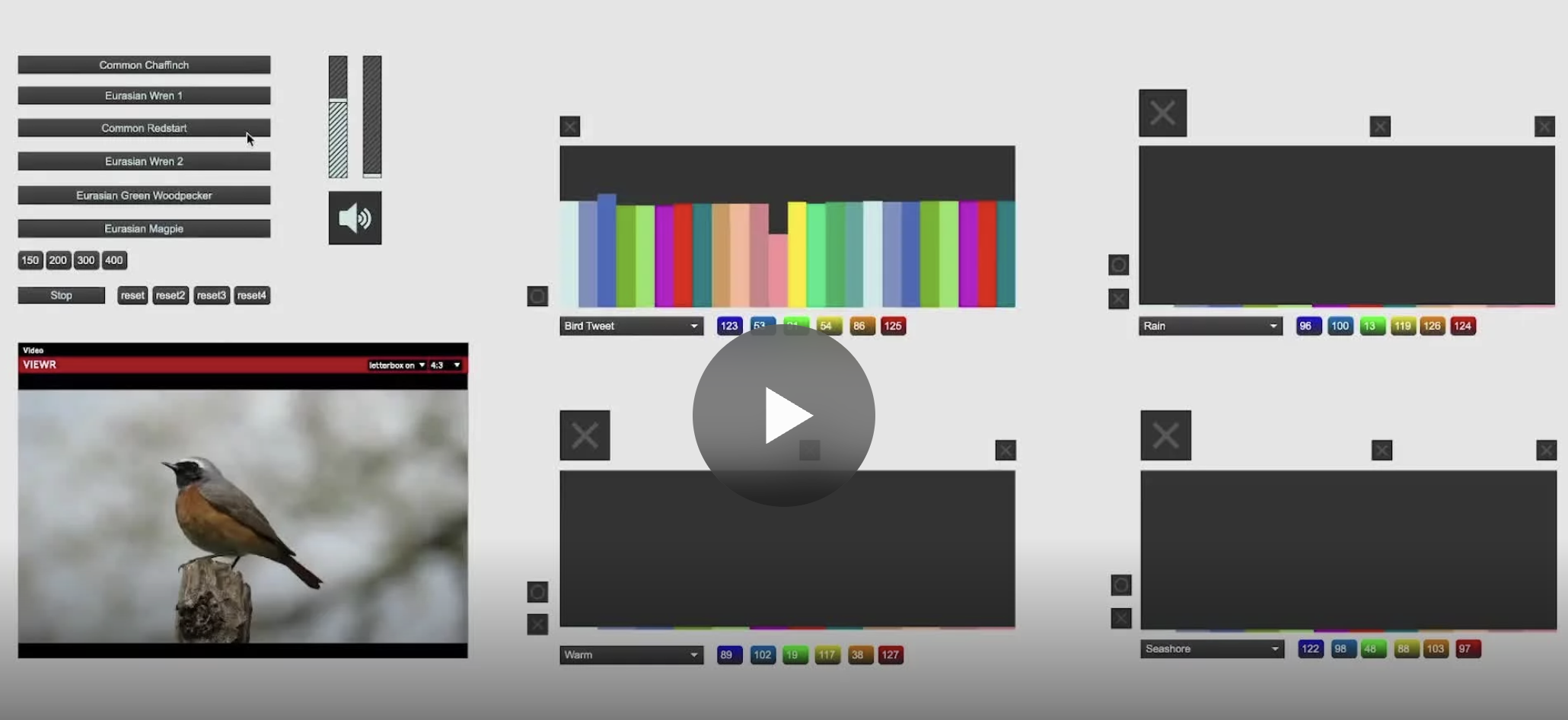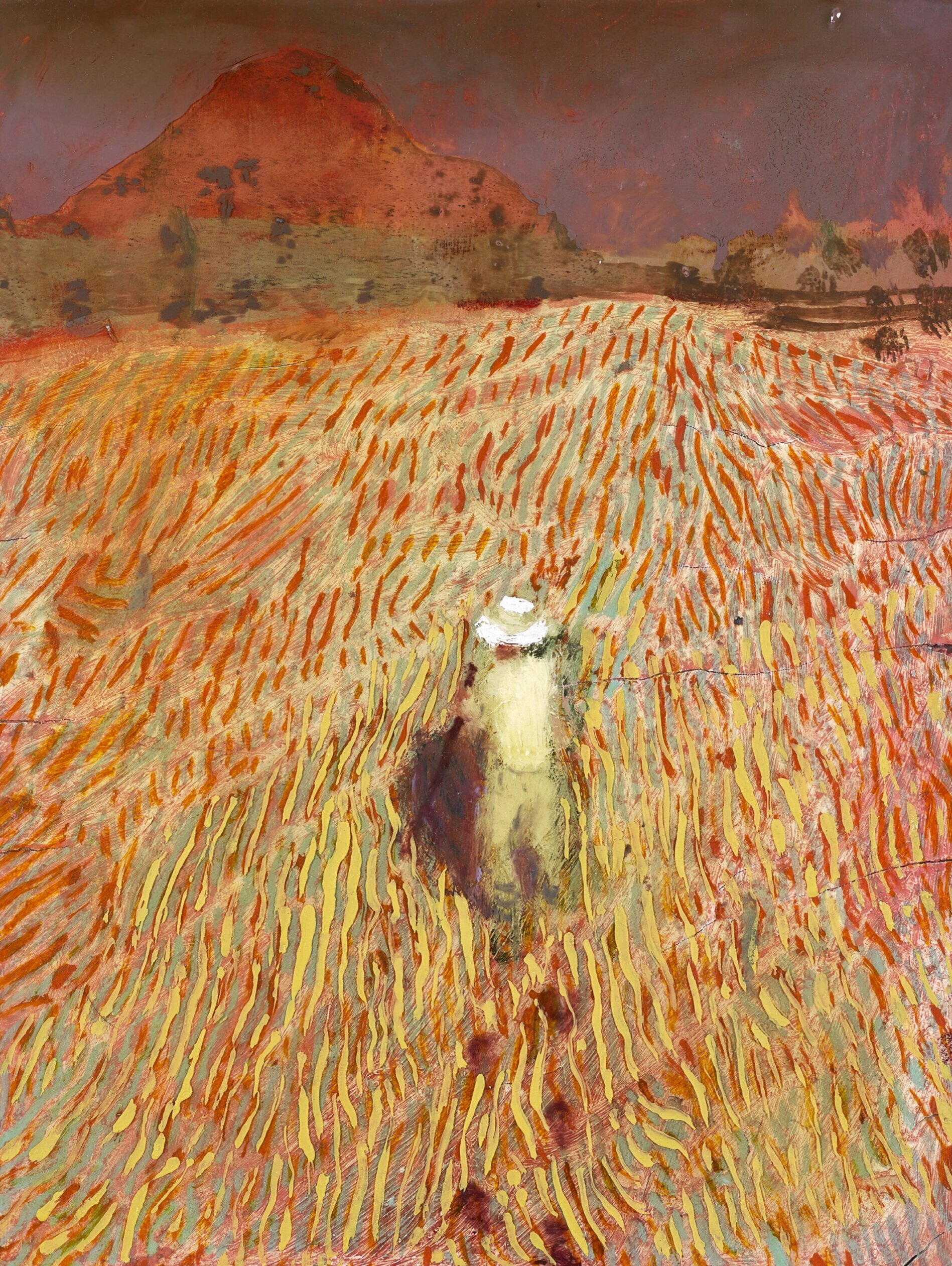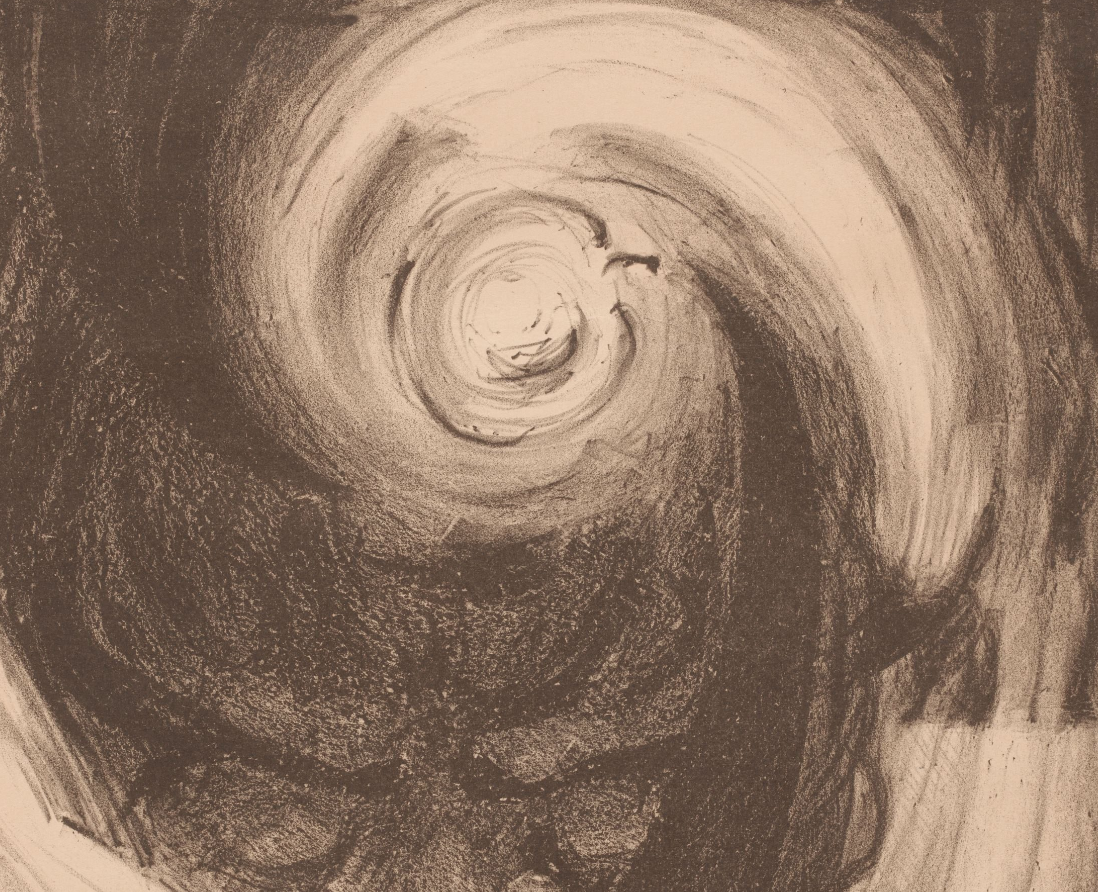
Venti Journal & Collective
Air — Experience — Aesthetics
A journal and collective focused on examining the effects and affects of air
About
In Italian, the word venti signifies both the number twenty and the winds.
Conceived in the year 2020, the journal is a forum for discussions centered on the year’s foregrounding of air, its related themes, and historical, interdisciplinary, and critical resonances.
The journal attempts to ask how we become aware of something invisible and of things that are always in the air, which is the air itself. Investigating this query in a series of thematic issues, Venti explores the indexical qualities of air and our awareness of it through effects and affects.
Index of Issues

Call for Submissions
Cross-Cultural Atmospheres:
Interdisciplinary Perspectives on Atmospheric Studies
A Collaborative Issue with the Kobe Institute for Atmospheric Studies (KOIAS)
The call for articles is now closed, but we are currently accepting submissions for visual art and poetry on a rolling basis.
Venti Journal and KOIAS are pleased to announce a Call for Submissions for our upcoming special issue entitled “Cross-Cultural Atmospheres: Interdisciplinary Perspectives on Atmospheric Studies.” This collaborative, online and print issue will celebrate the growing research and creative energy dedicated to the continuously emerging field of atmospheric studies. Particularly, as esteemed platforms for various atmospheric discourses, this collaboration invites contributions from cross-cultural and interdisciplinary perspectives to showcase the importance and reach of the field. We invite both academic and non-academic contributions, including short-form essays (ca. 3500 words), long-form articles (5000-8000 words), interviews, book reviews, digital projects, poetry and creative writing, visual essays, artworks, architecture, and sonic environments. Contributions may be written either in English or in Japanese.
This interdisciplinary issue seeks to explore the ways in which cultural encounters and exchanges shape, mediate, and transform atmospheres—understood broadly as the felt and perceptible milieus that surround, influence, and are influenced by human and non-human actors. Atmospheres are often described as ephemeral and intangible, yet they hold profound power to influence experiences, emotions, and actions. In the context of cross-cultural interactions, atmospheres emerge from the interplay of diverse traditions, languages, values, and sensory worlds. Different cultures bring unique conceptualizations of atmosphere, shaped by their linguistic, philosophical, and artistic traditions. These differences can lead to varied understandings of what constitutes an atmosphere, how it is perceived, and its significance in human and non-human interactions. Furthermore, it is well known that atmospheres are difficult to verbalize, leading us to ask how can something felt yet indescribable cross cultural boundaries. How can we begin to describe atmosphere and translate these descriptions? How might an intermedial and interdisciplinary approach to cross-cultural atmospheres shape how we experience and think about atmosphere? This issue aims to interrogate the critical points of contact, tension, and exchange in relation to perceived notions and experiences of air and atmosphere and their impact on cross-cultural understanding.
Tied to the above questions/problematics, the issue methodologically asks what can the establishment of an academic field of atmospheric studies contribute to our understanding of cross-cultural atmospheres. What is the importance of going beyond cultural and regional frameworks in establishing the field? We welcome submissions that discuss the state of the field of atmospheric studies and its future goals within the context of interdisciplinary and transnational scholarship.
This issue will be published both as an online and print journal during the 2025-2026 academic year. Please send English or Japanese proposals (500 words), an artist statement for visual art, a bio, and your contact information as a Microsoft Word document and zip folder with any images by January 1, 2025, to
Venti Journal (venti.journal@gmail.com),
Jessie Alperin (alperinj@uchicago.edu),
Rie Kodera (r.kodera@lit.kobe-u.ac.jp)
and Yuho Hisayama (k0121712@gsuite.kobe-u.ac.jp).
All Issues

Featured
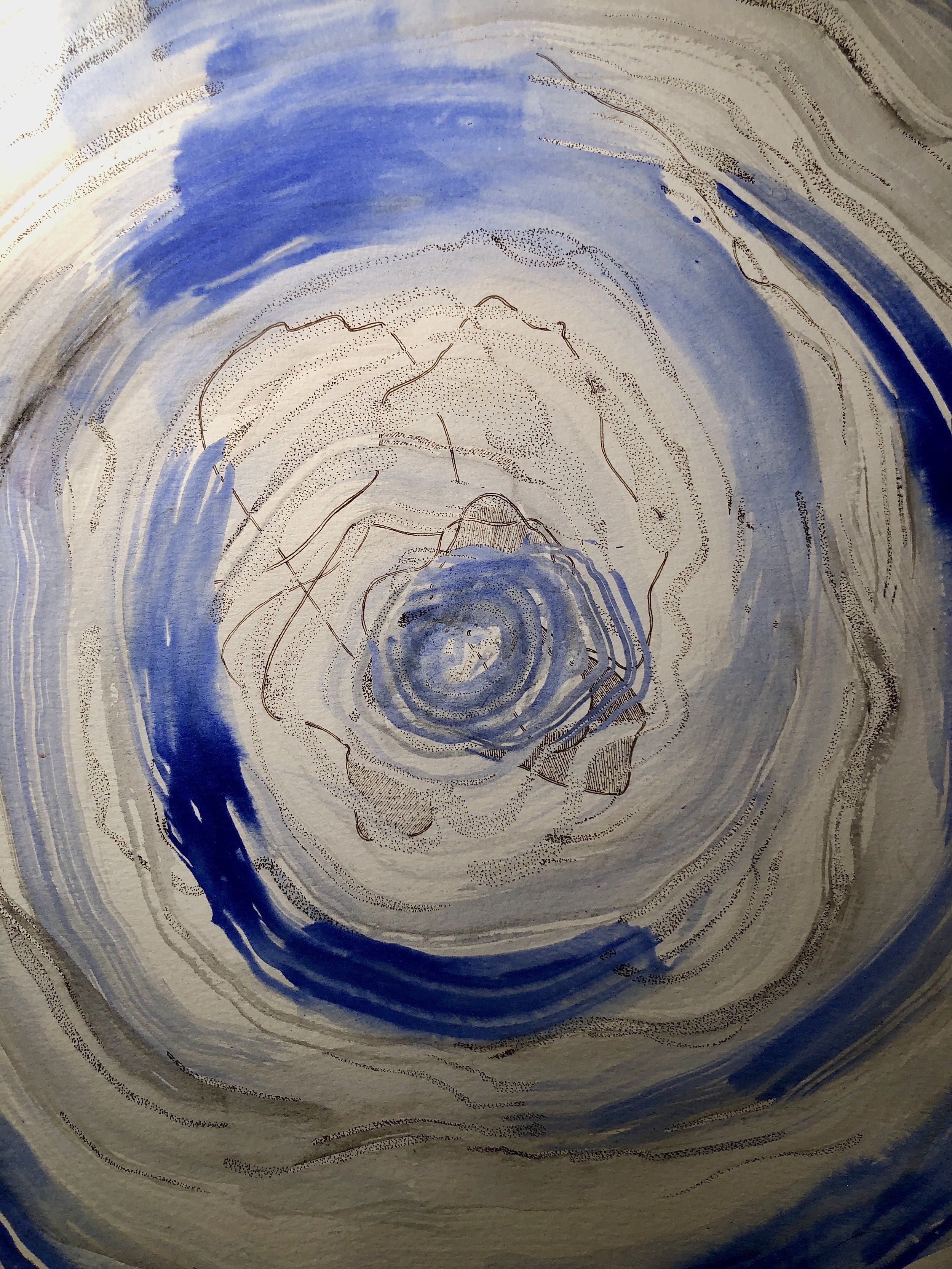
Featured

Dedication
2020 has been host to multiple crises in the air. They are all too familiar by now: amidst global climate catastrophe, a virus that targets our lungs has affected lives, economies, and sharply refigured our social and political atmospheres. Simultaneously, the death of a Black man at the hands of the police has laid bare the conditions of austerity and violence that the United States’ racialized poor must endure.
Though having inspired many who believe in a future where people might one day be allowed to breathe easy, these tragedies continue to stifle the air of thousands across the globe. We take this moment to thank medical workers for their tireless efforts to heal us from a devastating pandemic; we thank those who continue to do the work and speak out, holding us all in bated breath for the change we know is yet to come. We also take a moment of silence to recognize and remember all those who have lost their breath in 2020.
It is to these people, and to those who love and continue to fight for them — for all of us — that Venti is humbly dedicated.
We recognize these events could neither be fully spoken to nor accounted for by a dedication. At its best, intellectual dialogue supplements and informs action. Venti, in its simple bid to think about the air, might be just one tool among many for weathering this tragic, tempestuous, yet hopeful moment.
As we continue to move through the topic of air, we believe it is our duty not only to mourn but to also derive inspiration.
from the archives
text (essays, creative writing, translations, & poetry)
image (visual art & visual poetry)
sound (musical environments & podcasts)
Air Beyond the Issues
Up in the Air
By now we have all written and read the phrase: we are living in uncertain times. Designed as a short forum for critical and creative discussion, ‘Up in the Air’ solicits three to five contributors to write a short response to a question. All members of the Venti community are welcome to participate.
These questions inevitably reflect the changing course of our daily experience and how we understand the world and its aerial surroundings. As such, we hope to ground this ever-changing, ephemeral conversation in airy matters.
Question Four
How can we recognize the variations of the wind? What are the affective capacities of wind? How can the wind and its capacities shape or otherwise act on narratives?
now accepting submissions
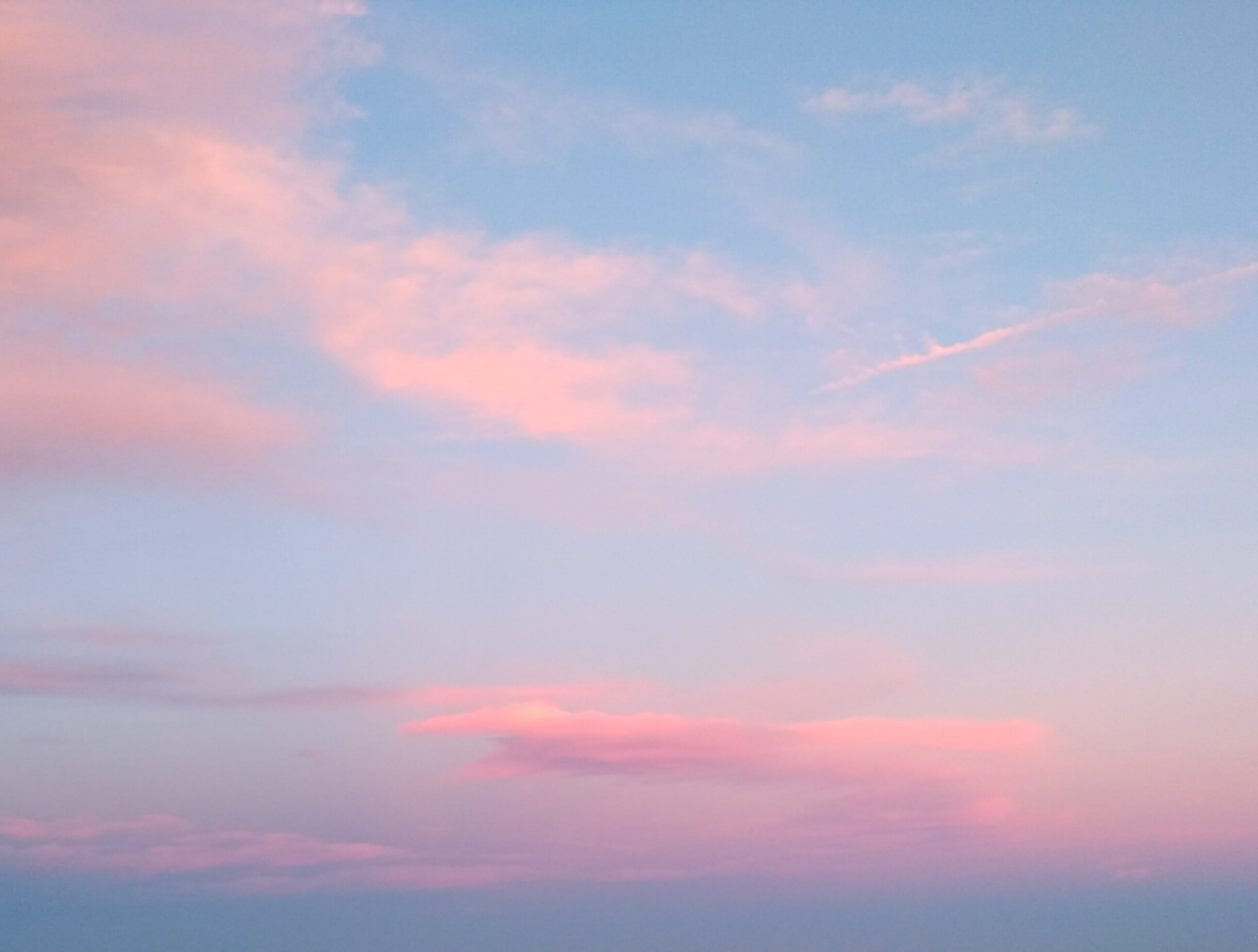

Venti relies on donations to keep our journal running and to support our programming and projects. We appreciate all donations, no matter how small. Join our Patreon to donate monthly and receive special offers or make a one time donation through our website.









